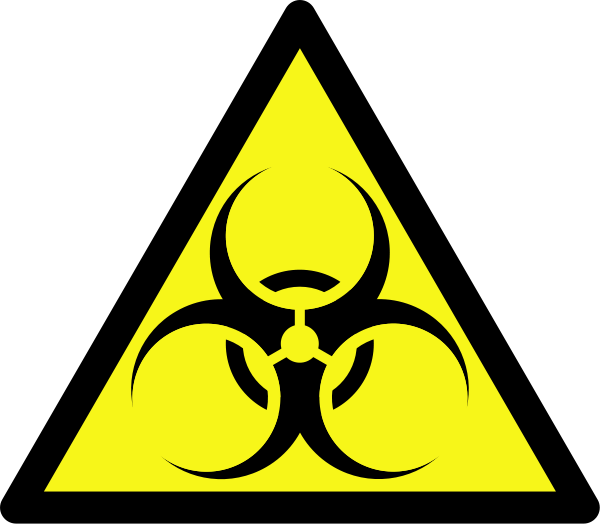Team:University of Washington/Safety
From 2008.igem.org

| Home | The Team | The Project | Modeling | Notebook | Protocols | Parts Submitted to the Registry | Measurement Kit | SeToB | Safety |
|---|

|
|---|
Project Safety
Our project is currently being reviewed by University of Washington Environmental Health & Safety's Research and Biological Safety Office.
As a self-assessment, the voluntary safety guidelines proposed at the Asilomar Conference on Recombinant DNA (held in 1975) were considered. Aside from the standard prokaryotic plasmid and bacterial recombinant DNA techniques carried out for our project (and all other iGEM projects), our project requires a unique consideration in that we have facilitated the exchange of genetic material between two species that do not ordinarily have that potential (E. coli and S. cerevisiae). The Summary Statement of the Asilomar Conference on Recombinant DNA Molecules states:
- Experiments involving the creation and propagation of recombinant DNA molecules from the DNAs of species that ordinarily do not exchange genetic information, generate novel biotypes. Because such experiments may pose biohazards greater than those associated with the original organisms, they should be performed, at least, in low risk containment facilities.
However, since Asilomar, such restrictions have been relaxed once researchers decided that they pose less of a hazard than was originally feared. Thus, with our project’s use of well-understood genes that should have no effects on host pathogenicity and standard laboratory strains of E. coli and S. cerevisiae that have a restricted capacity to multiply outside of the laboratory, we have instituted proper constraints that should address possible safety concerns until the Research and Biological Safety Office makes a final judgment. In the future, however, this technology could be used to transfer less innocuous genes. This may promote the need for restrictions and should be the subject of disussion for any project that utilizes this technology.
 "
"